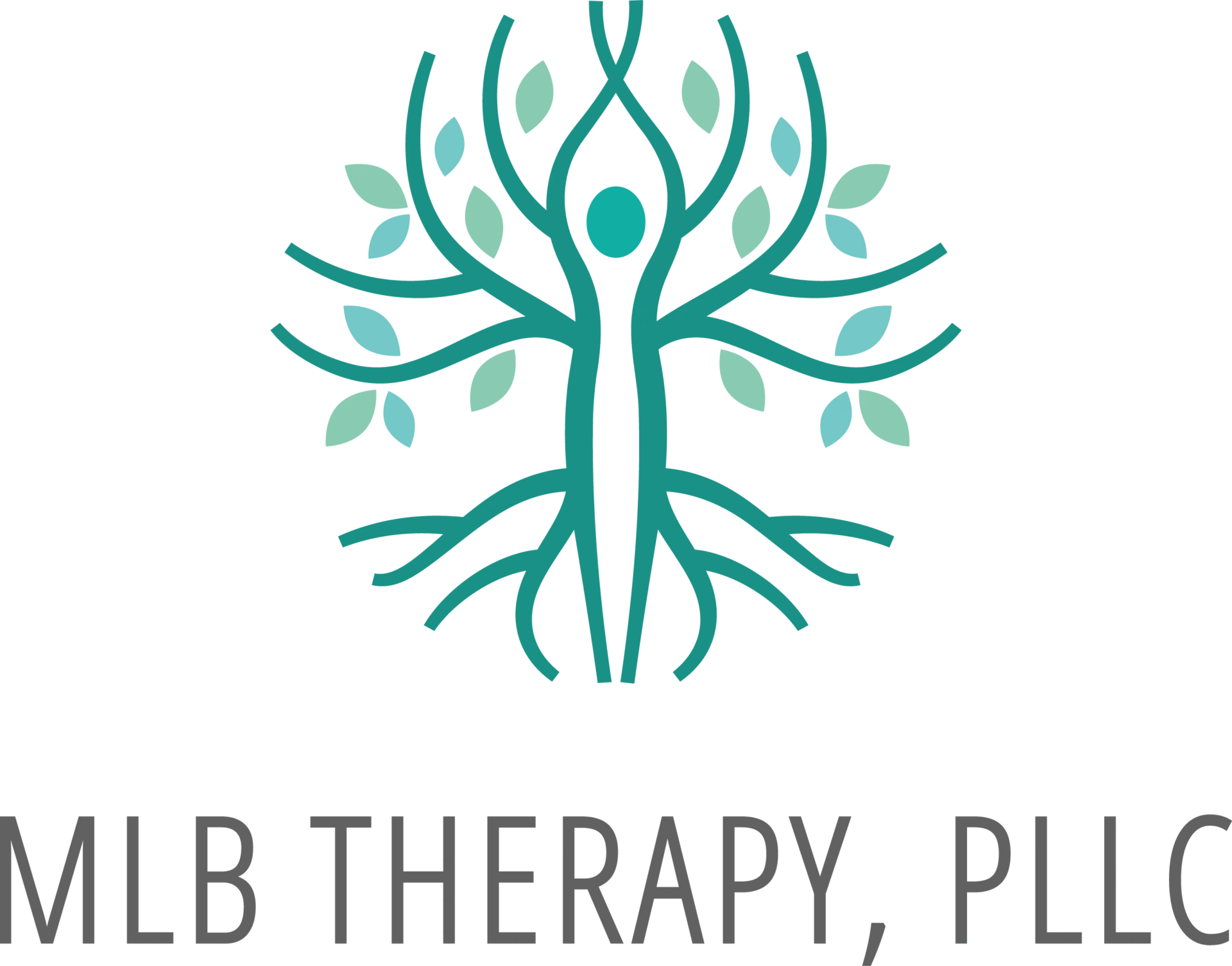5 Ways Mindfulness Can Help Your Child Cope with Anxiety
When you have a child who battles, and struggles to cope with anxiety, you likely want to do all within your power to ease their struggle.
After all, it’s hard enough to cope with anxiety as an adult, let alone doing it as a child.
This is where mindfulness can offer your child a tremendous amount of relief.
Mindfulness might seem like an “adult” way to approach life, but it’s not just something adults practice. Children can quickly learn mindfulness and rely on this way of thinking to cope with anxiety. In fact, children often grasp the concept of mindfulness easier than some adults.
Here are some of the benefits that practicing mindfulness can offer your child.
1. Helps to Anchor Restless Thoughts
A big part of dealing with anxiety is wrestling within your own mind. Restless thoughts can spiral out of control very quickly. This restlessness is something children face, too.
Mindfulness can serve as an anchor for your child. By teaching them to be ultra aware of their body, it can act as a counterweight for thoughts that might otherwise fly away with them.
A restless mind often equates to a fidgety body and a mind unable to concentrate. Standing up to these flight thoughts with mindfulness can help your child to feel less anxious.
2. Reveals Negative Triggers
For a child, trying to cope with anxiety can often mean rebounding from uncomfortable body symptoms. Like adults, children can experience increased heart rate, rapid breathing, and racing thoughts.
Thankfully, your body recognizes anxiety very quickly. Sometimes, even before your mind does. So, the more you listen to your body the more you can understand what external triggers get to you.
Your child can also learn to understand what really makes them feel anxious. Once these triggers are identified, you can develop a plan to help your child cope with anxiety better.
3. Works with the Body to Help Embrace Calmness
Like mentioned before, your body is deeply in tune with what’s truly going on inside of you. Because of this, your body serves as an important communication channel.
When your sympathetic nervous system is activated by anxious thoughts, you feel symptoms of the fight-or-flight response. The same thing happens in a child’s mind and body.
In helping your child to cope with anxiety, it’s important to teach them exactly what influence their body has on their mind. For instance, simple breathing techniques can activate their parasympathetic nervous system to help make them feel calm and more in control.
4. Breaks the Cycle of Worry to Transform Perceptions
Anxiety is sly. Like water in a basement, its negative impact can creep in unknowingly. This typically happens in the form of worrisome thoughts.
As you probably know, worrisome thoughts aren’t dedicated to adult minds. Children often experience negative thoughts that lead to more negative thoughts. Before they know it, worry has them in a panicked and anxious state of mind.
Using mindfulness can help your child cope with anxiety by stopping worry in its tracks. Mindfulness works much like a fallen branch does in a line of marching ants. The line stops and redirects to go around the fallen branch. In the same way, mindfulness can stop and redirect worrisome thoughts that might seem unending to your child.
5. Deepens Understanding of Emotions
Since mindfulness focuses mainly on an increased sense of awareness, it can bring to light emotions that might otherwise go ignored or unacknowledged.
When you learn to pay attention to your own emotions, you can also learn to identify and recognize them. For a child, the tricky part in dealing with emotions is to avoid being consumed by them.
Their feelings can weigh very heavily on them and feel too strong to manage at times. Mindfulness helps to make these powerful emotions more feasible and help your child cope with anxiety.
—
If your child is finding it hard to cope with anxiety, please reach out to me. Together we can address the obstacles your child is facing and approach life in a new way—the mindful way.
To learn more about child counseling click here.
—
Every image is used for illustrative purposes only. Any person shown is strictly a model.
